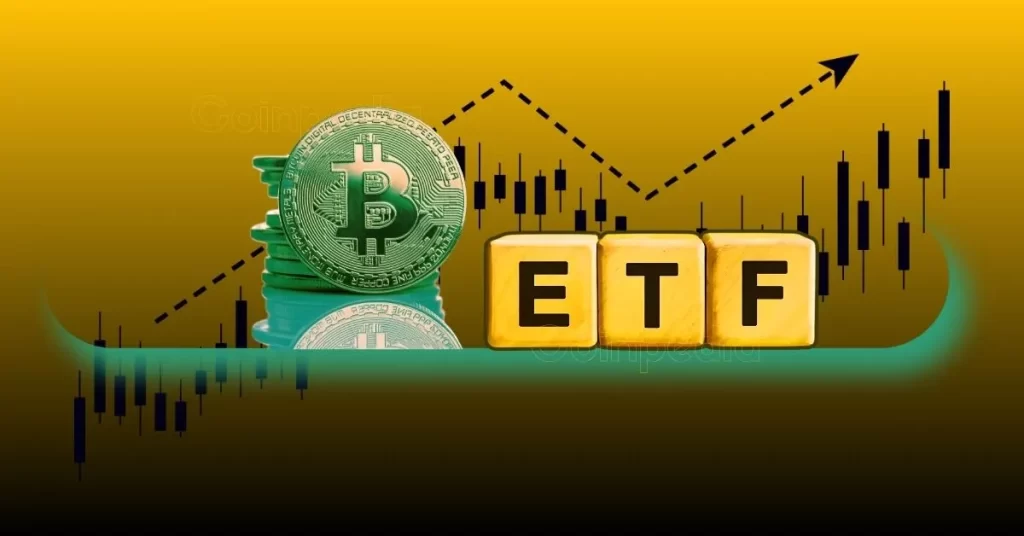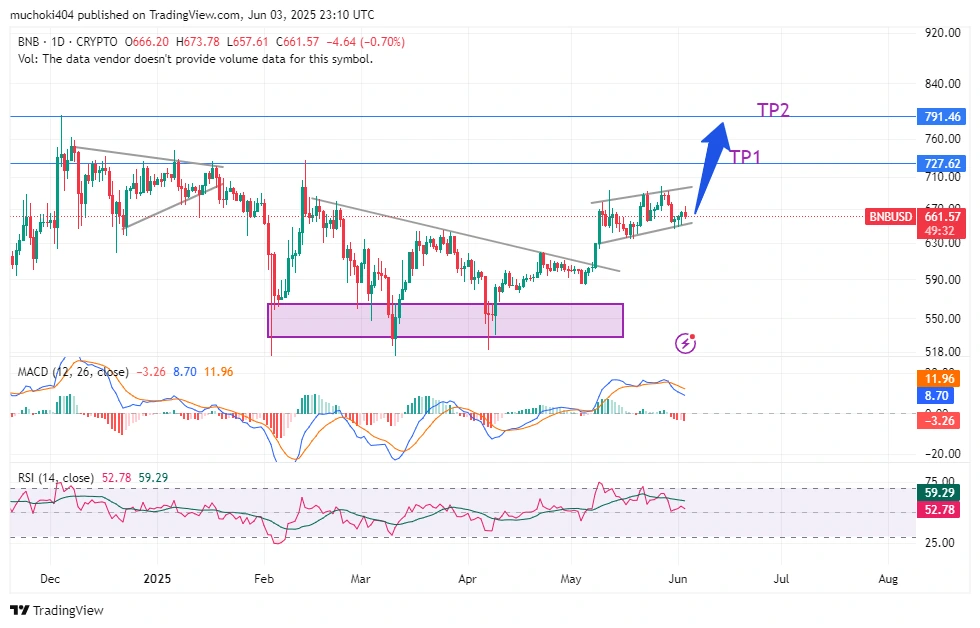
The post Senator McCormick Invests $1M in Bitcoin ETF Just Before Trump’s Strategic Reserve Plan appeared first on Coinpedia Fintech News
The 2024 U.S. presidential election marked a historic shift as crypto became a key campaign battleground. Donald Trump’s early endorsement of digital assets gave him a clear edge, earning massive support from the crypto community and ultimately propelling him to a second term. Meanwhile, Democratic candidate Kamala Harris made last-minute efforts to align with pro-crypto sentiments, but it was too little, too late.
Now, with Trump back in power, the intersection of crypto and politics is more prominent than ever.
Senator Dave McCormick Holds $1M in Bitcoin ETFs
According to U.S. Senate Financial Disclosure data, Senator Dave McCormick of Pennsylvania—formerly the CEO of Bridgewater Associates—is the largest Bitcoin investor in Congress.
In total, he has invested over $1 million in the Bitwise Spot Bitcoin ETF, with significant purchases in both February and March 2025. One notable investment of $65,000–$150,000 came just days before Trump announced plans to establish a Strategic Bitcoin Reserve.
The Bitwise ETF, currently trading at $50.96 with a 24-hour volume of $57.92 million, ranks as the sixth-largest Bitcoin ETF by assets under management (AUM), valued at $3.65 billion.
Coinbase CEO Supports McCormick’s Crypto Stance
McCormick’s pro-crypto position was not only a campaign highlight but a strategic advantage. His optimistic views earned endorsements from industry leaders like Coinbase CEO Brian Armstrong 


Brian Armstrong
Brian Armstrong is the CEO of Coinbase Global, the biggest bitcoin exchange in the US. He is a former software developer for Airbnb. In 2012, Brian teamed up with Fred Ehrsam and launched Coinbase in San Francisco. Even though co-founder Fred Ehrsam left the company in 2017, he remains a board member and owns 6% of the business.
On April 14, 2021, Coinbase went public through a direct offering on the Nasdaq. Soon it momentarily hit $100 billion in market capitalization. About 19% of company shares are owned by Armstrong.
Quick Facts
Full name
Brian Armstrong
Birth
January 25, 1983 in San Jose, California, U.S.
Education
Bachelor of Arts/Economics, Master of Arts/Science, Rice University
Nationality
American
Martial Status
Married
Net Worth
$11.9B (Refer for real-time)
He supports the need for clear regulations and policies for cryptocurrency trading and decentralized transactions. Brian has collaborated with diplomats to formulate the policies. He continues to contribute to the crypto community and blockchain technology.
Brian Armstrong: Timeline of events
2010: Discovered Bitcoin – Read the Bitcoin whitepaper and became interested in decentralized finance.
2012: Co-Founded Coinbase – Launched Coinbase with Fred Ehrsam to simplify Bitcoin buying and selling.
2015: Expanded Coinbase Services – Introduced Coinbase Exchange and support for multiple cryptocurrencies.
2017: Led Coinbase Through Crypto Boom – Scaled operations as Bitcoin surged to $20,000, making Coinbase a top exchange.
2021: Coinbase IPO on NASDAQ – Took Coinbase public (COIN) at a $86B valuation, marking a major crypto milestone.
2022: Advocated for Crypto Regulation – Engaged with lawmakers to promote clear crypto regulations in the U.S.
2023: Launched Coinbase’s Layer-2 ‘Base’ – Introduced Base, a Layer-2 blockchain to improve Ethereum scalability.
2024: Pushing for Global Crypto Adoption, Married to Angela Meng.
Year
Award/Notable Work
Details
2012
Co-Founded Coinbase
Built one of the world’s largest cryptocurrency exchanges.
2017
Fortune 40 Under 40 – Technology
Recognized for leadership in the crypto industry.
2021
Coinbase IPO on NASDAQ
Took Coinbase public with an $86B valuation, a first for a major crypto company.
2021
Time 100 Most Influential People
Listed for his impact on mainstream crypto adoption.
2023
Launched Coinbase’s Layer-2 ‘Base’
Introduced a Layer-2 blockchain to enhance Ethereum scalability.
Useful Links to Connect With Brian Armstrong
Platform
Link
X (formerly Twitter)
https://twitter.com/brian_armstrong
LinkedIn
https://www.linkedin.com/in/brianarmstrong
Coinbase Official Website
https://www.coinbase.com
Brian Armstrong’s Personal Blog
https://brianarmstrong.com
EntrepreneurInvestorDeveloper/ProgrammerCrypto and Blockchain Expert


helping him secure a narrow election victory.
At a Senate hearing in February 2025, McCormick declared that “2025 will be the year for digital assets,” underlining his belief that crypto and blockchain can drive innovation, strengthen national security, and support economic growth.
Other Lawmakers Join the Crypto Bandwagon
McCormick isn’t alone. Rep. Marjorie Taylor Greene also revealed investments in the iShares Bitcoin Trust ETF. Meanwhile, Senator Steve Daines previously held shares in multiple crypto-related ETFs but has since liquidated his positions.
As political support for digital assets grows, it’s becoming clear that crypto is no longer a fringe issue—it’s now part of the U.S. legislative mainstream.
Never Miss a Beat in the Crypto World!
Stay ahead with breaking news, expert analysis, and real-time updates on the latest trends in Bitcoin, altcoins, DeFi, NFTs, and more.
The post Senator McCormick Invests $1M in Bitcoin ETF Just Before Trump’s Strategic Reserve Plan appeared first on Coinpedia Fintech News
The 2024 U.S. presidential election marked a historic shift as crypto became a key campaign battleground. Donald Trump’s early endorsement of digital assets gave him a clear edge, earning massive support from the crypto community and ultimately propelling him to a second term. Meanwhile, Democratic candidate Kamala Harris made last-minute efforts to align with pro-crypto …










